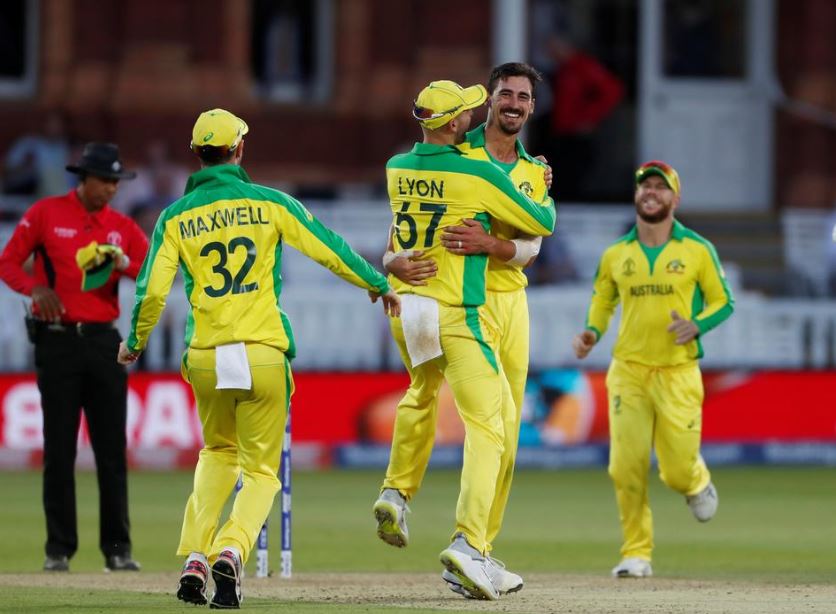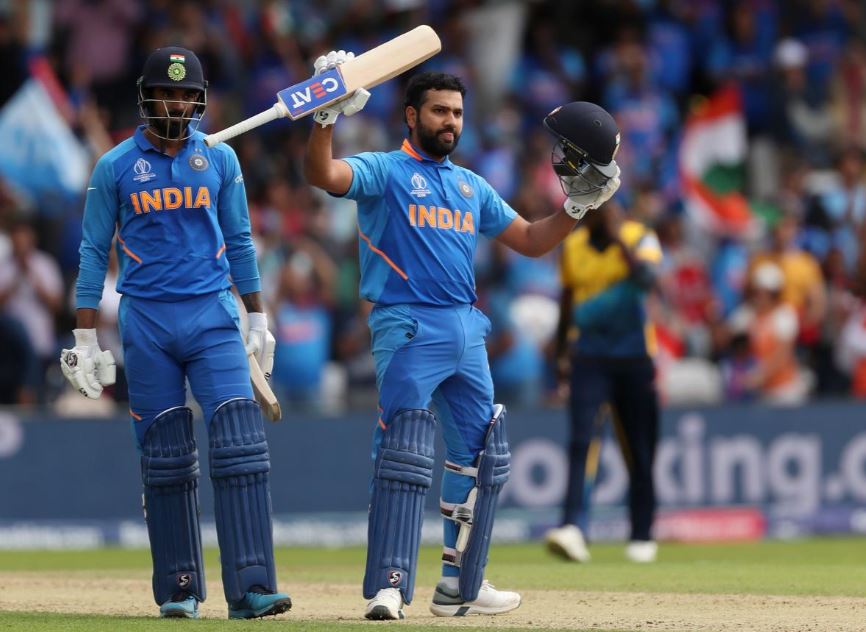The trends of the 2019 cricket World Cup
In fact, the teams that have managed to qualify through to the semis - India, New Zealand, Australia, and England - have made it through because they have reaped the benefits from these trends and strategies.

With the group stages of the ICC Cricket World Cup 2019 now done and dusted, there have been a few trends in the games that have been noticeable.
In fact, the teams that have managed to qualify through to the semis - India, New Zealand, Australia, and England - have made it through because they have reaped the benefits from these trends and strategies.
300-plus is a winning total
Only once has a total of over 300 been chased down this tournament, and that was when Bangladesh defeated Windies.
Apart from that game, all other teams that have batted first and scored over 300 have managed to defend it.
The surfaces in England have not been batting paradises as was expected at the start of the tournament, as there were talks of hosts England having the batting to chase down 500.
So far, no team has even managed to score 400 or more after batting first, as the surfaces have often slowed down and become more difficult to bat on.

Left-arm fast bowlers are gold
The fast bowlers this tournament have been on song, especially the left arm fast bowlers.
Australia’s Mitchell Starc is at the top of the wicket-takers’ list with 26 wickets while Bangladesh’s Mustafizur Rahman finished the tournament with 20 wickets.
Pakistan’s Mohammad Amir, who was not selected in the World Cup squad, immediately found form finished with 17 wickets.
Two right-arm fast bowlers, India’s Jasprit Bumrah and New Zealand’s Lockie Ferguson also have 17 wickets so far, and it further emphasizes that the pitches have offered enough for the fast bowlers.

The top order batsmen scored big
It’s been an excellent tournament for the openers and top order batsmen, and more often than not, their teams have been successful.
India’s Rohit Sharma has been in the form of his life with a record five centuries this World Cup and four of those centuries have been winning contributions; he also leads the run-scorers’ list with 647 runs already.
Bangladesh’s Shakib Al Hasan, batting at one-down, has also hit a purple patch, racking up 606 runs, but unfortunately, the team’s bowling and fielding have been sub-par, leading to their early exit.
Australian openers, David Warner and Aaron Finch - their captain as well - have also been in excellent form, scoring 638 and 507 runs respectively to give their team excellent starts, and building the foundation too big, match-winning totals.

The wrist spinners have suffered
There was a worry ahead of the tournament that spinners might not be very effective, but it has been the wrist spinners, that have suffered the most.
Most noticeable was Afghanistan’s talisman, the highest-ranked spinner in ODI cricket when the tournament started, Rashid Khan, who gave away a record 110 runs in just nine overs against England.
India’s Yuzvendra Chahal has also not been at his best, conceding 88 runs against England, which is the most number of runs conceded by an Indian bowler in World Cups.
England’s Adil Rashid has also struggled, conceding 433 runs in 74 overs and managing just eight wickets.
Even South Africa’s Imran Tahir, who became their highest wicket-taker in World Cups managed just 11 wickets at an average of 34.


 Keep updated, follow The Business Standard's Google news channel
Keep updated, follow The Business Standard's Google news channel
















